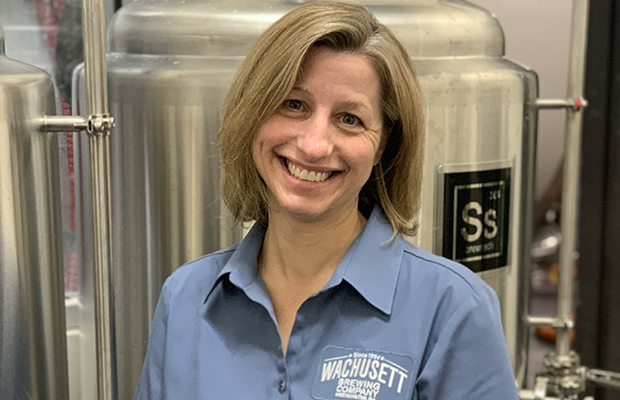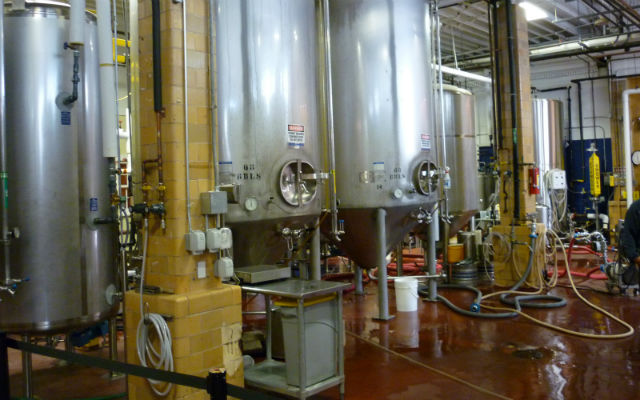
For Valerie Brock, it’s the technical aspects and the science that is the line in the sand when it comes to future success for craft breweries.
“Consumers these days are more educated and have higher standards,” Brock said. “It is our job to give them a delicious and consistent drinking experience regardless of whether it’s enjoyed on tap or from a can.”
Brock was recently named Wachusett Brewing Company new Director of Fermentation and Cellaring, replacing Brewmaster Dave Howard — a 20-plus-year veteran of the Westminster, Massachusetts brewery.
“Understanding and controlling the science behind beer results in a higher quality and more reproducible product,” Brock said.
Brock most recently has been the brewery’s Microbiologist. She comes with 10 years of experience in the areas of bacteriology, fermentation science, quality assurance, and sensory analysis.
Although trends can attract consumers, consistency keeps them.
”This is where the science comes into play,” Brock told Brewer. “It starts with the raw materials. We really notice the difference in our beers when we use high-quality malt.
“Conducting sieve analysis to monitor our crush allows us to adjust mill settings to dial in extraction and lautering. Time and temperature targets maximize enzymatic activity. Knowing your yeast strains and keeping them healthy produces consistent fermentation profiles. Monitoring fermentation daily tells us when to make temperature changes and add ingredients.
“This list isn’t exhaustive but demonstrates the attention to detail we give to each beer, cider, and seltzer. Measuring, monitoring, and documenting is a huge part of the Wachusett Brewing Company culture. It is what results in our beers tasting the same regardless of batch size or package type.”
Brock plans to focus on efficiency in her new role.
“We have lots of room for improvement on the planning and scheduling side of the equation,” she said. “The sales and production teams need to work more closely together to manage 145 SKU items and develop a more effective way to forecast.
“We also need to increase our brewhouse efficiency. This will include taking a closer look at extraction efficiency and yields. We have a severe footprint constraint and a bigger brewhouse is not in our immediate future.”
Brock noted her first job was as a Research Molecular Microbiologist and she said she gravitates toward advancements in this area.
Wachusett is working with a manufacturer to bring a multiplex RT-PCR unit into the brewery’slab.
”This will give us real-time detection of bacteria and yeast spoilers,” she said. ”Five years ago, this instrumentation would have been out of our reach. We will be able to run advanced detection without increasing our budget and get results in a fraction of the time.
”This technology is fascinating and I can’t wait to bring it in-house.”
Brock admits that there is always room for improvement, but she looks forward to standardizing the brewery’s yeast collection and storage procedures.
“These unicellular beer-making machines are why we are in business,” she said. “I think we can optimize yeast cropping by using in-line cell counting technology. This will reduce variability in our fermentation profiles.”




Be the first to comment